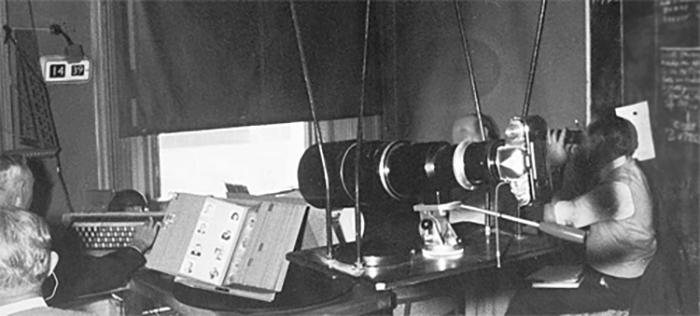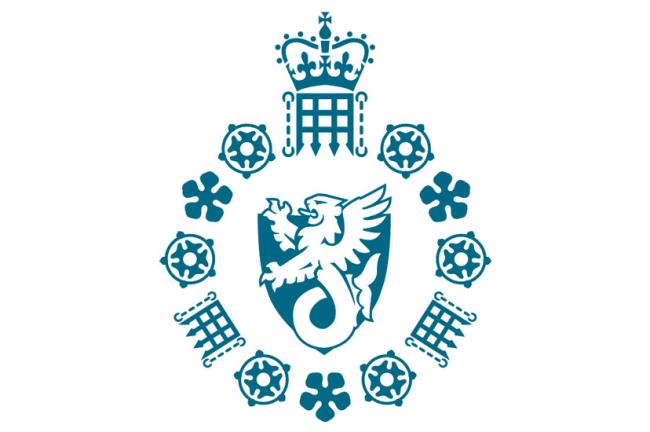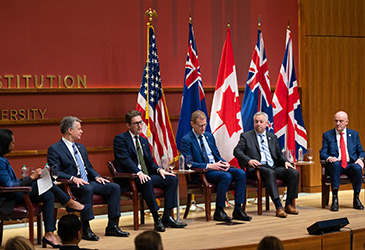

The later Cold War
Operation FOOT and Michael Bettaney
By Professor Christopher Andrew, author of "The Defence of the Realm".
Operation FOOT, the expulsion of 105 Soviet intelligence officers from London in 1971, marked the major turning point in Cold War counter-espionage operations in Britain. It followed a long campaign by the Security Service to persuade successive governments of the need for the expulsions. Over the previous two decades, as the Service acknowledged, ‘The steady and alarming increase ... in the number of Russian intelligence officers threatened to swamp our then meagre resources.’
FOOT made Britain a hard espionage target for Soviet intelligence for the first time. For several years most Soviet agents in Britain were put on ice and the KGB was forced to ask Soviet Bloc and Cuban agencies to help plug the intelligence gap. However, the KGB’s contacts with probably its most important British agent in the 1970s, Geoffrey Prime, who worked at GCHQ until 1977, were unaffected by the FOOT expulsions because, since his recruitment in Berlin, he had been run exclusively outside the UK.
As Soviet intelligence made a limited post-FOOT recovery, its main achievements seem to have been in the field of scientific and technological espionage (S&T), though its successes in Britain were far fewer than in the United States. During the final years of the Cold War there was a dramatic increase in Chinese S&T operations. By 1986, according to Chinese defectors, Beijing rated Britain as its fourth most important source of S&T.
The greatest potential threat to MI5 counter-espionage operations in the later Cold War came from Michael Bettaney, a disaffected, heavy-drinking officer in its own ranks. On Easter Sunday 1983 Bettaney pushed through the letter-box in Holland Park of the KGB resident (station chief), Arkadi Guk, an envelope containing the case put by the Security Service for expelling three Soviet intelligence officers in the previous month, together with details of how all three had been detected. Fortunately for MI5, the suspicious Guk interpreted this and other approaches from Bettaney as a deception operation. Thanks to intelligence provided by Oleg Gordievsky, an exceptionally committed and able British agent in the KGB’s London residency, Bettaney was caught and later sentenced to 23 years’ imprisonment.
The main shift in Security Service priorities during the later Cold War was from counter-espionage (CE) and counter-subversion (CS) to counter-terrorism (CT). After long periods of quiescence, Middle Eastern terrorism and the Irish Republican Army (IRA) both re-emerged as threats almost simultaneously at the end of the 1960s.
For historical reasons, the counter-terrorist responsibilities of the Security Service against the IRA, which had split into Provisional (PIRA) and Official (OIRA) factions, were quite different from those against terrorism from other parts of the world. Ever since the foundation of the Metropolitan Police Special Branch (MPSB) in 1883 during the Fenian ‘Dynamite Wars’ in London, it had held the lead intelligence role against Irish Republican terrorism on the British mainland. The lead role in Northern Ireland belonged to the Special Branch of the Royal Ulster Constabulary (RUC). Within the United Kingdom the Security Service thus had only a supporting role against PIRA. Against all other terrorist threats to mainland Britain (even including those from Northern Ireland Loyalist paramilitaries) MI5 had the lead intelligence role, though that role was not formally acknowledged until 1972.
After the Conservative election victory in 1970, the DG, Sir Martin Furnival Jones, told Prime Minister Edward Heath that ‘no amount of intelligence could cure Northern Ireland’s ills. The most intelligence could do was to define the problem and help the security forces to confine the troubles.’ The Security Service’s gradual emergence as primarily a counter-terrorist rather than a counter-espionage agency took two decades to complete. In 1974 only 7.5% of its resources went on counter-terrorism, as compared with 52% on counter-espionage and 28% on counter-subversion.

